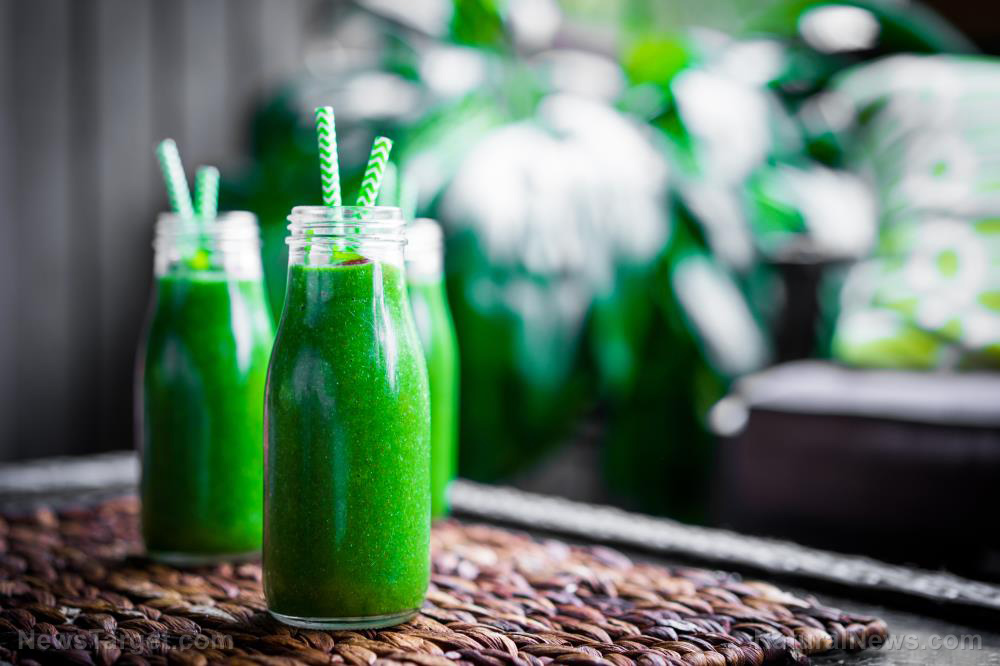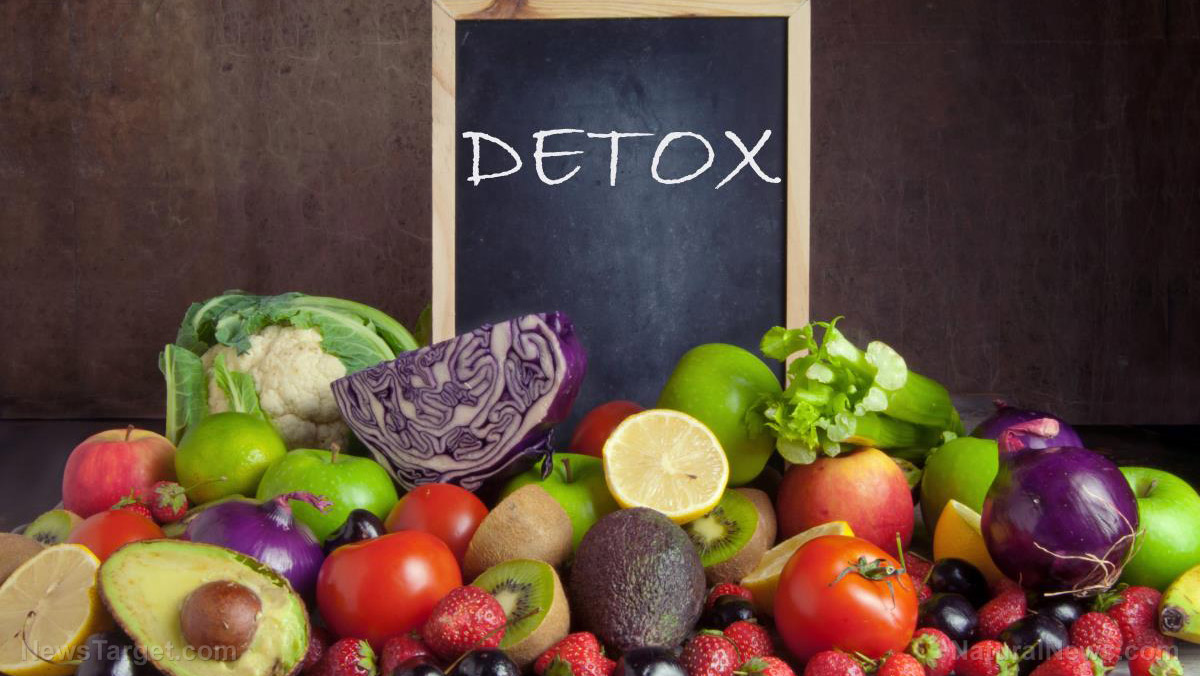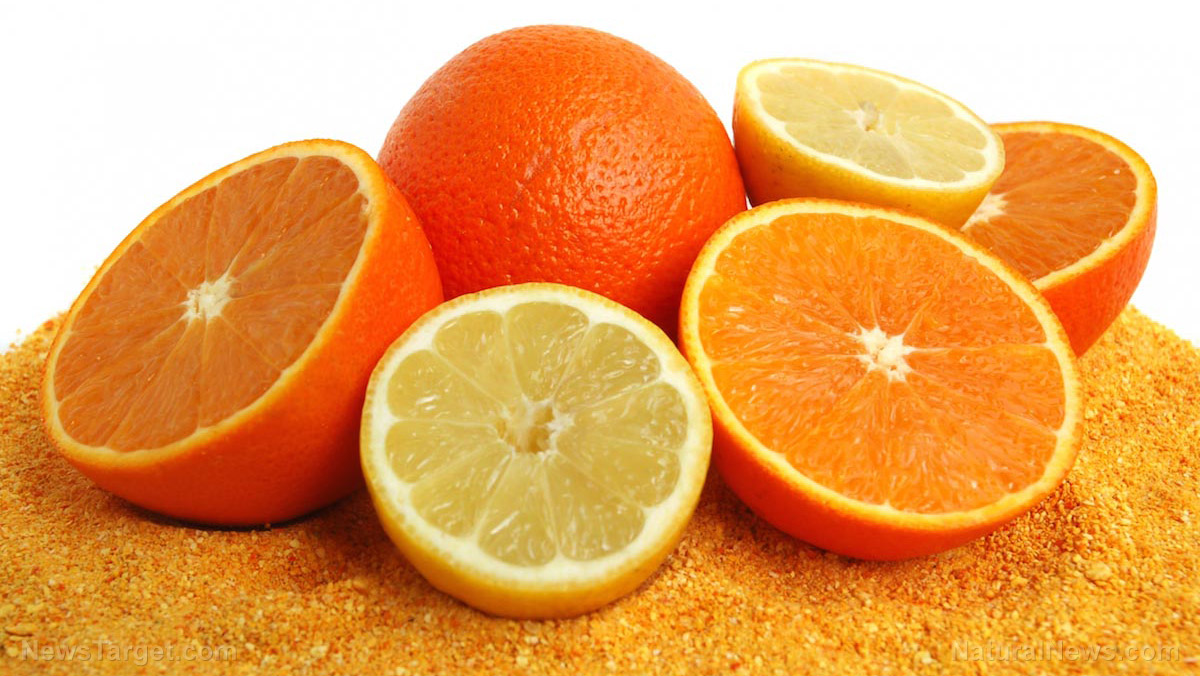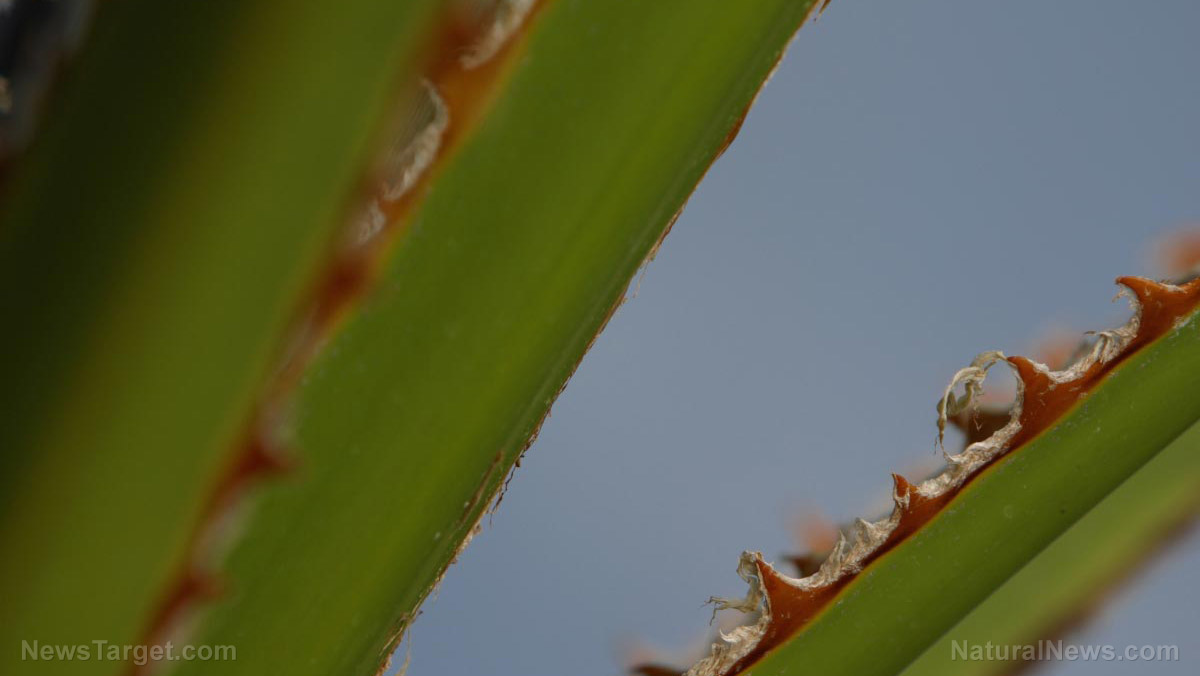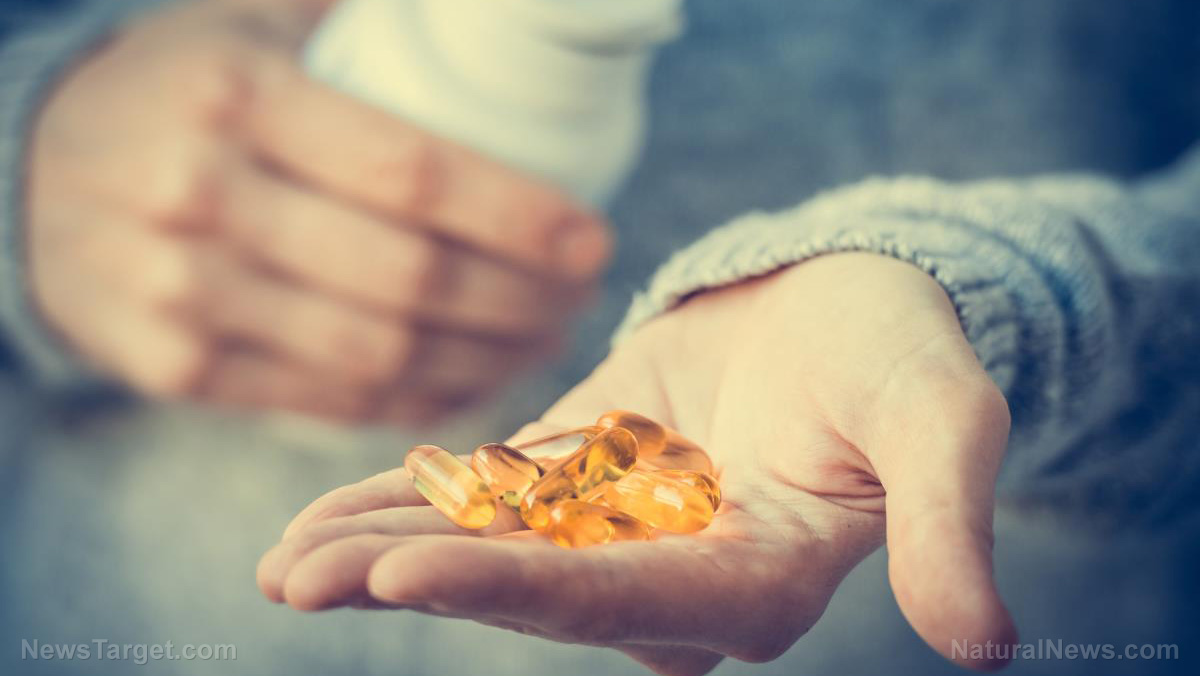Lard: A highly nutritious but misunderstood superfood
By lauraharris // 2025-05-15
Tweet
Share
Copy
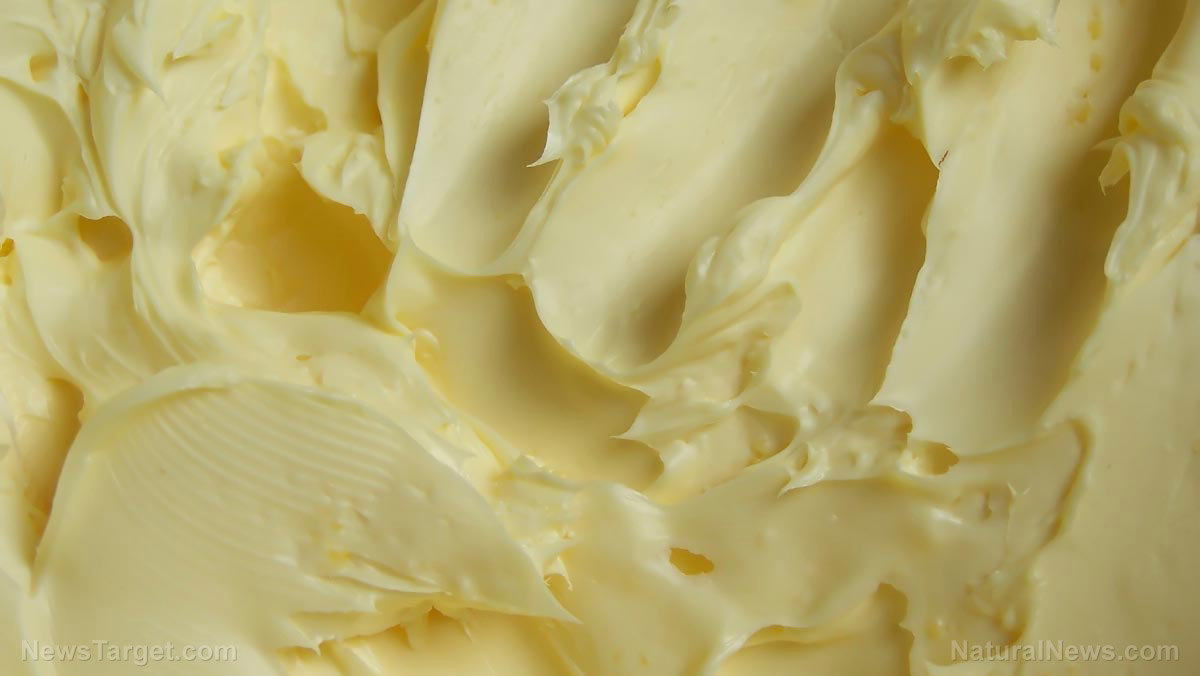
- A traditional fat used for centuries worldwide, lard was a staple ingredient for cooking and baking before being replaced by industrial vegetable oils in the early 20th century.
- Lard is rich in heart-healthy monounsaturated fats, vitamin D and beneficial fatty acids like palmitoleic acid. It is also stable and thus suitable for high-heat cooking, unlike inflammatory processed seed oils.
- False claims linking lard to heart disease have been debunked. Research shows natural saturated fats (like lard) are not the cause of metabolic issues. Industrial seed oils (soybean, canola) are far more harmful when oxidized.
- Avoid conventional lard (from grain-fed pigs), which may contain pesticides and toxins. Opt for organic, pasture-raised lard for maximum nutrition and minimal contaminants.
- Lard is good for frying (crispier results) and baking (flaky pie crusts) and is used to make traditional dishes like tamales and British pork pies.
Brief history of lard
Lard is obtained by slowly melting and clarifying pig fat, a process called rendering. Unlike industrially processed seed oils, lard is minimally refined when prepared traditionally, preserving its natural benefits. Lard has been a dietary staple since ancient times. The Romans used it for cooking and skincare, while Medieval Europeans relied on it as a primary cooking fat. Before the rise of Crisco and margarine in the early 20th century, lard was America's go-to fat for frying, baking and preserving food. (Related: Frying your food in lard is healthier than using sunflower oil, say scientists.) The industrial revolution introduced hydrogenated vegetable oils under the guise of being "healthier," a myth perpetuated by corporate agribusiness. Yet many of these processed oils contribute to chronic inflammation and metabolic disease – problems that our ancestors avoided with traditional fats like lard.Nutritional profile and health benefits
Contrary to outdated dietary dogma, lard is not a junk food but a nutritional powerhouse. Here's what makes it exceptional:Healthy fats for optimal metabolism
Lard consists of 40 to 50 percent monounsaturated fats (similar to heart-healthy fats in olive oil), 39 to 55 percent saturated fats (supporting hormone production and cell integrity) and three to 12 percent polyunsaturated fats (mostly stable omega-6s that are less prone to oxidation than processed seed oils). Lard also contains palmitoleic acid, which has natural antimicrobial properties. Its composition varies slightly but remains an excellent traditional fat for supporting nutrition and for cooking. Unlike highly processed vegetable oils (soybean, canola, corn), lard is heat-stable, making it ideal for frying and roasting without producing harmful free radicals.Vitamin D content
One of the richest dietary sources of bioavailable vitamin D, lard, especially from pasture-raised pigs, supports immune health, bone strength and mood regulation. With over 40 percent of Americans deficient in vitamin D, incorporating lard into meals can be a simple, natural solution to vitamin D deficiency.Choline and other essential nutrients
Lard provides choline, a critical nutrient for brain function and liver health. It also supplies trace amounts of vitamin E (antioxidant), vitamin K2 (supports bone and heart health) and selenium (thyroid and immune support).Debunking myths about lard
Big Food's campaign against saturated fats unfairly demonized lard, but modern research has debunked these myths.Myth 1: "Lard clogs arteries"
Studies show no strong link between natural saturated fats and heart disease. The real causes are processed vegetable oils, sugar and refined carbs.Myth 2: "Vegetable oils are healthier"
Industrial seed oils (like soybean and canola) are oxidized during processing. Oxidized fats promote inflammation, while stable traditional fats like lard can support metabolic health. In short, science and tradition agree: Lard is a nutritious, natural fat that's better than processed vegetable oils.Why choose organic lard
The healthiness of lard depends on how the pigs are raised. Most pigs are fed corn and soy, which are often genetically modified, sprayed with pesticides and treated with chemicals – all of which can contaminate their fat. Conventional lard may also contain harmful pesticides like glyphosate and heavy metals due to pigs being fed chemically treated corn and soybeans. In contrast, grass-fed, organic pigs produce cleaner, toxin-free fat with more nutrients. Rendering fresh fat at home (from promptly butchered pigs) ensures the highest quality. If sourcing lard, choose organic or small-farm producers to avoid industrial contaminants.Culinary uses
Lard is a versatile fat that can enhance the flavor and texture of many dishes:Baking
- Flaky pie crusts (superior to butter due to higher smoke point)
- Biscuits and pastries for a tender, moist crumb
Frying and sautéing
- Perfect for deep-frying (crispier, less greasy than vegetable oils)
- Hash browns, fried chicken, chicharrones
Traditional dishes
- Tamales (Latin America) – Authentic recipes rely on lard for richness
- British pork pies – A staple in traditional British cuisine
- German schmaltz – Used in spreads and cooking
More related stories:
Why lard should be an essential part of your SHTF stockpile.
Food supply tips: 9 Best survival foods to buy from the grocery store.
Sources include: Brighteon.AI NaturalNews.com Brighteon.comTweet
Share
Copy
Tagged Under:
superfoods nutrition functional food nutrients healthy fats natural health ingredients food science organics lard food is medicine goodhealth goodfood health science
You Might Also Like
The mouth-brain connection: Could dental health guard against dementia (and vice versa)?
By Willow Tohi // Share
Oranges: A nutrient-packed superfood with timeless benefits
By Laura Harris // Share
Saw palmetto proven better than pharmaceuticals for swollen prostate in landmark meta-analysis
By News Editors // Share
Recent News
Xi Jinping: Russia-Ukraine war can only be resolved by addressing its "root causes"
By ramontomeydw // Share

